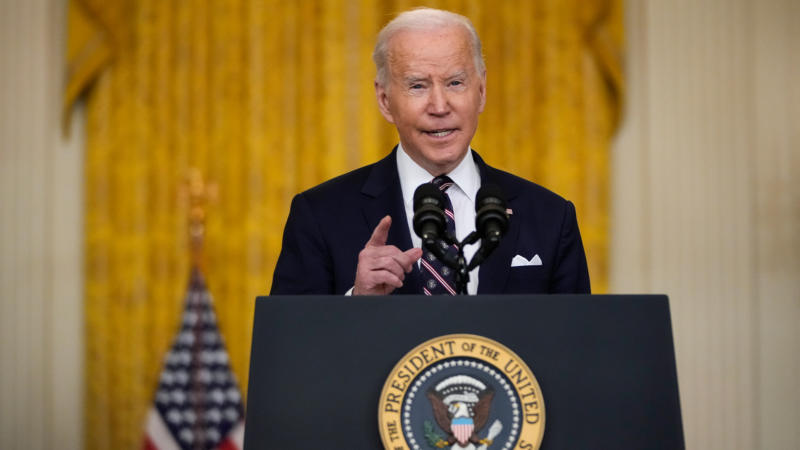Showing 3 results for:
Student Loan Forgiveness
Popular topics
All results


President Biden’s student loan forgiveness plan is back in the news — mostly because of how confusing it all seems to be. When AfroTech originally reported on the President’s plan, there was some intimation that it may favor higher-income parties. “Despite the $125,000 income cap, research shows the White House plan still slightly favors higher-income Americans: Analysis of a $10,000 blanket relief program published Tuesday by the Penn Wharton Budget Model found 69.79% of overall debt forgiveness would go to the top 60% of Americans by income, while individuals who make between $82,400 and $141,096—placing them between the 60th and 80th percentile—would receive the greatest share of overall forgiveness, at 28.1%, though the additional relief for Pell grant recipients should bring further benefit to lower-income borrowers,” read our report, according to a Forbes article about the matter. But, the reality of the student loan forgiveness plan is a lot more complicated than originally...

After what seems like years of back and forth regarding student loan forgiveness, President Joe Biden has come to a decision to help roughly 45 million Americans affected by student loan debt. “In keeping with my campaign promise, my Administration is announcing a plan to give working and middle-class families breathing room as they prepare to resume federal student loan payments in January 2023,” said President Biden via Twitter. On Wednesday (Aug. 24), President Biden revealed that his new plan will give $10,000 in relief to borrowers whose annual income falls below $125,000. Additionally, those who qualified for federal Pell grants will receive an additional $10,000 bringing that total amount of relief to $20,000. The aforementioned agreement was issued to low-income undergraduates whose earnings fall below the income cap. According to Forbes, research shows the latest plan announced by the Biden administration slightly falls in favor of Americans with higher incomes. “Despite...